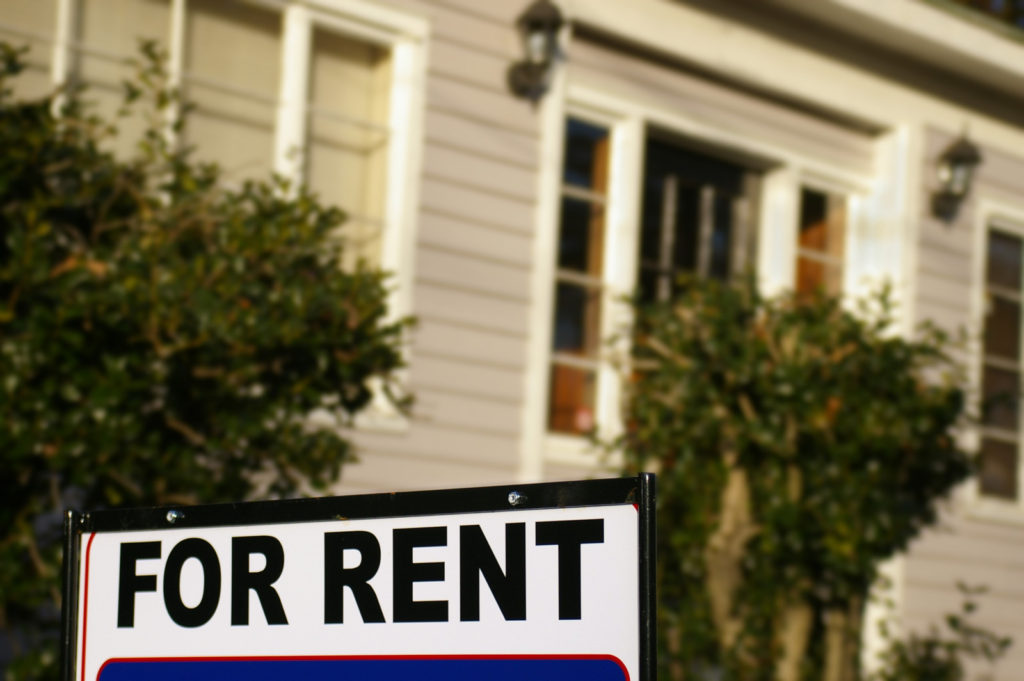Zillow Rent Forecast: Expected Rental Growth Will Vary Widely From City-to-City, Even Within the Same Metro
Annual growth in median rents nationwide has slowed considerably from last summer’s breakneck pace, offering some relief to renters struggling to pay less money to their landlords and put more money into savings for a home purchase. But just because rental growth is slowing down, doesn’t mean it’s not still growing – and incredibly quickly – in some of the nation’s hottest markets, according to the Zillow Rent Forecast, contributing to continued affordability concerns.
- Rents across the nation are forecasted to appreciate 1.7 percent over the next year.
- Rapidly growing markets adding lots of jobs, including Seattle, San Francisco and San Jose, are among the metros predicted to have the fastest-growing rents.
- Rents in Seattle and Portland are expected to have the fastest rent appreciation over the next year at 7.2 and 6 percent growth, respectively.
Annual growth in median rents nationwide has slowed considerably from last summer’s breakneck pace, offering some relief to renters struggling to pay less money to their landlords and put more money into savings for a home purchase. But just because rental growth is slowing down, doesn’t mean it’s not still expected to grow – and incredibly quickly – in some of the nation’s hottest markets, according to the Zillow Rent Forecast, contributing to continued affordability concerns.
The Zillow Rent Forecast, first introduced at the end of 2015, has been expanded to include hundreds of individual geographic forecasts at the ZIP code, city, county, metro, state and national levels. And it reveals that markets in which technology jobs are especially prevalent – markets including Seattle, Denver and the San Francisco Bay Area – will continue to lead the way in rental growth over the next year. Critically, it also reveals that within larger metro areas, smaller individual communities can often have very different expectations for rental growth depending on their own local dynamics.
U.S. rents are expected grow by 1.7 percent through August 2017, to a Zillow Rent Index of $1,429 per month. Among the 35 largest metro markets covered by Zillow, rents are expected to grow the fastest over the next year (August 2016 through August 2017) in Seattle (+7.2 percent), Portland (+6 percent), Denver (+5.9 percent), Cincinnati (+5.2 percent) and San Francisco (+4.9 percent) markets. This continues a recent trend – in August, Seattle and Portland also led all large markets in annual rental appreciation, according to the August Zillow Real Estate Market Report.
On a pure dollars and cents basis, the two Bay Area metro markets of San Jose and San Francisco, respectively, remain the most expensive large rental markets in the country, by far. Renters in and around San Jose should currently spend $3,517 per month on rent; in the San Francisco area, median rent runs $3,406 per month. Los Angeles was the next priciest rental metro in August, at $2,593 per month. Looking ahead a year, these multi-county areas will remain among the nation’s priciest. If rents rise as expected, by the end of next summer renters considering the typical apartment in San Francisco should expect to budget $3,573 per month. In San Jose and L.A., median rents are expected to rise to $3,677 and $2,718 per month, respectively.
But while looking at bigger metro markets is useful to get a broader sense of a given region’s market dynamics, for those looking to move to or within a metro area, the local rental market from town-to-town can often differ widely from the overall metro dynamics. In the fast-growing, three-county Seattle metro, for example, rental growth over the next year is expected to rise as quickly as 18.4 and 13.6 percent in the highly desirable communities of Shoreline and Medina, respectively. At the other end of the spectrum, median rents in the smaller, slower-moving communities of Dupont and Lakebay are expected to grow by just 0.4 percent and 1.9 percent, respectively, through next August.
Use the tools below to explore current and expected rental growth for metro areas and cities nationwide.
Continued rapid growth in rents, particularly in already pricey and popular markets, will ensure that rental affordability concerns remain an important issue as we turn toward 2017 and beyond. Recent strong gains in income growth will help keep rental affordability and the share of income devoted to rent each month in check. But these gains, coupled with much-needed additional rental inventory from builders in the face of a highly competitive market, will need to prove sustainable and robust over the long-term before the rental affordability crisis fully subsides.
